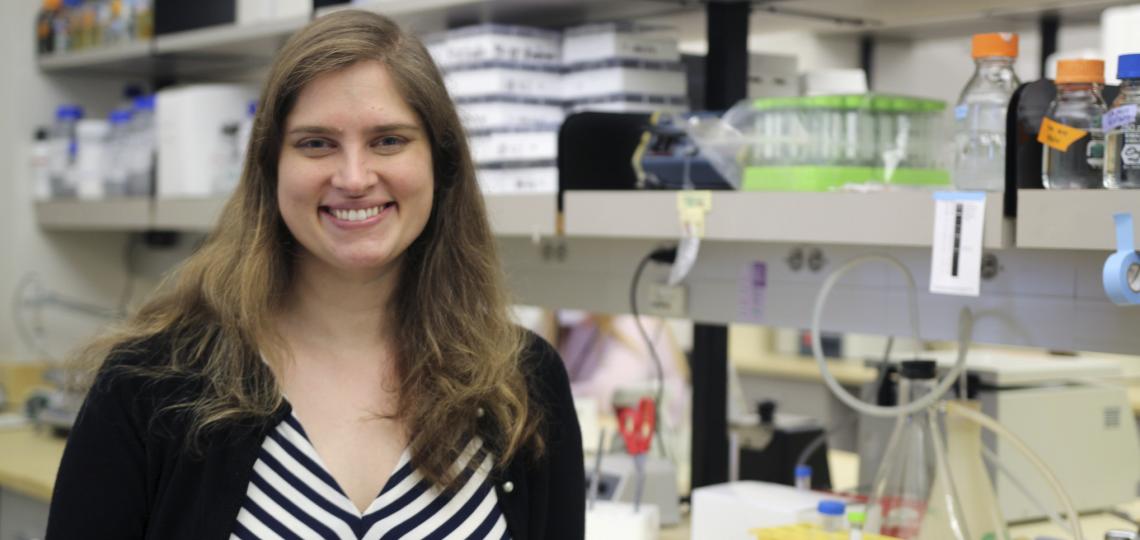
About the Lab
Chromatin regulators are frequently mutated in cancer, and aberrant patterns of DNA and histone modifications discriminate tumor cells from healthy tissue, suggesting that chromatin dysregulation plays a key role in tumorigenesis. Our current research focus is on pediatric high grade glioma (pHGG) driven by histone mutations including H3G34R mutations observed hemispheric tumors and H3K27M mutations seen in diffuse intrinsic pontine glioma (DIPG). Research in the Anastas lab centers on the hypothesis that disrupted chromatin regulation driven by these histone mutations gives rise to clinically-relevant cancer phenotypes including, stem and progenitor-like and drug resistant tumor cell subpopulations.
The overall goals of the lab are to determine how chromatin dysregulation drives cancer progression and the development of drug resistance on a mechanistic level, and to leverage this knowledge to develop new therapies. Future studies will address three primary questions:
- Which chromatin pathways are necessary for pHGG growth and what mechanisms drive these dependencies?
- What is the role of chromatin regulation in the development of therapeutic resistance, and can we rationally co-target the epigenome in combination with other drugs to achieve lasting disease control?
- What are the roles of epigenetic regulators in the maintenance or establishment of pHGG stem and progenitor-like cells, and how do these chromatin pathways contribute to tumor heterogeneity?









